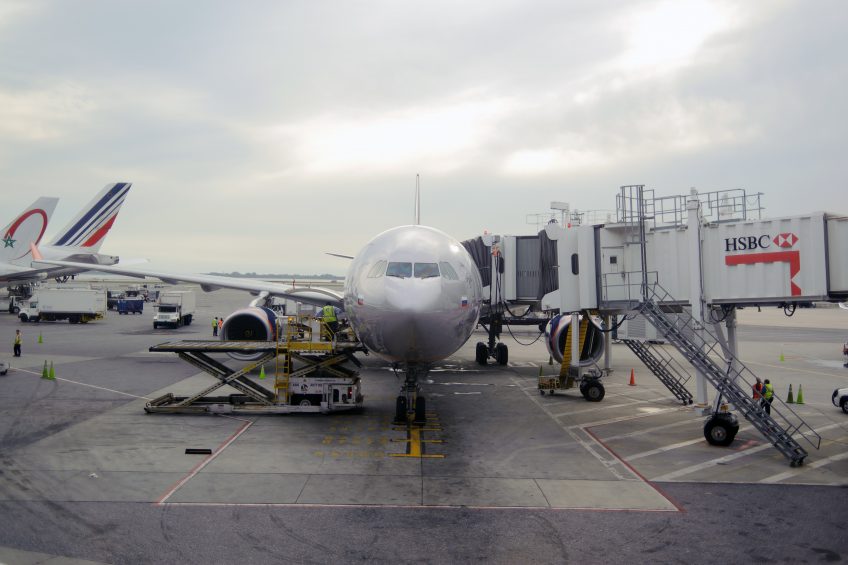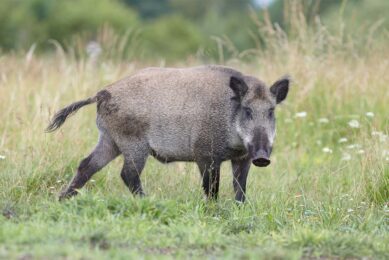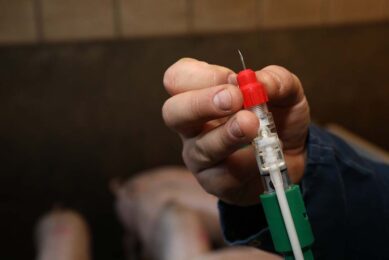How easily can the swine fevers enter the USA?

Could air passenger luggage be a threat with regard to the importing of Classical or African Swine Fever into the United States? US-based researchers made an estimate.
The scientific paper appeared online in the peer-reviewed journal Transboundary and Emerging Diseases. Classical Swine Fever is in the United States better known as hog cholera.
Per year 8,000 pork derived products confiscated
The scientists wrote in their paper that on average 8,000 pork derived products are annually confiscated by Customs and Border Protection at the US ports of entry such as international airports, harbours or mail offices. These swine products with unknown sanitary status could pose a risk for foreign animal diseases introduction into the US.
This study aimed at analysing the risk of African Swine Fever virus (ASFv) and Classical Swine Fever virus (CSFv) being introduced into the US through prohibited swine products carried by air passengers. Both viruses take central stage these days in the news due to ongoing outbreaks in China and Eastern Europe (ASFv) and a reoccurrence in Japan (CSFv).
In addition, the study aimed to identify locations and time periods at higher risk where and when preventive and mitigation measures should be implemented.

Read more on pig health in the Pig Progress Health Tool
Risk months for swine fevers: July and May
The scientists write that their results estimated that the risk for CSFv entry was 7 times higher and further spread between US airports than for ASFv. For both diseases, they continued, July and May were the months at highest risk for entry.
In addition, for ASFv, the origin countries of those air passengers that represented the highest risk (above 70% of the total risk) were Ghana, Cape Verde, Ethiopia and Russia. For CSFv above 90% of the risk at origin was concentrated in the Dominican Republic and Cuba, followed by India, Colombia, Peru, Ecuador and China.

Why does Asia have to fear ASF? Here are 20 reasons
Real time surveillance systems for pork products
The scientists closed off writing these results could be used to implement and feed real time surveillance systems, which could potentially help customs to increase the detection rate of smuggled products, indicating when and where to look for them.
Similarly, they wrote, these systems could be adapted and implemented to other diseases improving the cost-effectiveness of the resources invested in preventing entrance of diseases via air passengers’ luggage.
The paper in Transboundary and Emerging Diseases was authored by C. Jurado, G. Paternoster, L. Mur and K. Burton, Kansas State University, Manhattan, KS, USA and B. Martínez-López, University of California, Davis, CA, USA. C. Jurado is also attached to the Complutense University, Madrid, Spain and G. Paternoster is also attached to the University of Zürich, Switzerland.
 Beheer
Beheer








 WP Admin
WP Admin  Bewerk bericht
Bewerk bericht